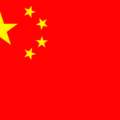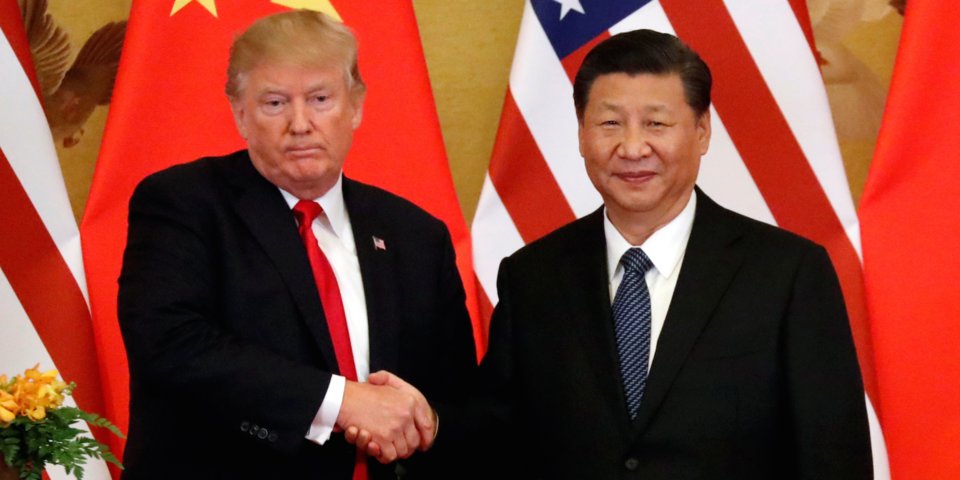The Future of US-China Phase 1 Trade Deal

The new US trade representative has held her first phone call with her Chinese counterpart. The meeting aimed to restart the bilateral conversations on issues that concerned trade between the two countries. While disclosing limited information regarding the meeting both sides agreed to continue negotiations.
For the first time, candid pragmatic talks have been held by the United States and China. This is the first discussion under the Biden administration where Washington examines whether the trade pact is intact from Beijing’s end or not.
Former President Donald Trump imposed punitive tariffs on a range of goods sold between the two countries. The two countries signed the Phase one agreement in January 2020 in which Beijing pledged to increase purchases of American products and services. It had agreed to increase purchases by at least $200 billion over 2020 and 2021.
Katherine Tai, one of the top negotiators from the United States has said that she is analyzing whether China has met the terms of the pact or not. This was after some experts had noted that China had fallen short by 40% on its agreement to buy US products and services.
Competition is inherent in any great power relationship but the overall trajectory was towards engagement. However, US-China relations have entered a new phase with the phase one trade deal.
The centerpiece of the agreement of trade one agreement was the big purchase targets of $200 billion. Nearly $80 billion is for manufactured goods like cars, medical devices, and aircraft made by Boeing. $53 billion of the deal is meant for US energy.
As agreed in the agreement, every six months, both countries are to check on each other to assess the progress agreement. The aim of phase one in the deal is to end a damaging trade war that has been going on for two years. The war had between the two countries began during the tenure of Donald Trump as the 45th president of the United States.
The deal between China and the United States committed China in order to carry out purchases worth billions of dollars. The firm would purchase agricultural services, energy, and goods. This was all in exchange for slashing Trump-imposed tariffs on $120 billion worth of Chinese exports.
Biden’s administration has not gone back on the tough trade rhetoric insisting that it would keep those tariffs in place now. This is in an attempt to reboot the US economy hit by the Covid-19 pandemic.
On its side, duties have been maintained by China on United States imports. During the pandemic, the economy of China has bounced in terms of exports. Furthermore, the sales of Chinese products have also surged all over the world.
The importance US-China relationship is so great that it will color most aspects of international relations for foreseeable future. In this dynamic world relations between the US and China have a significant impact on Asia-Pacific as well.


















